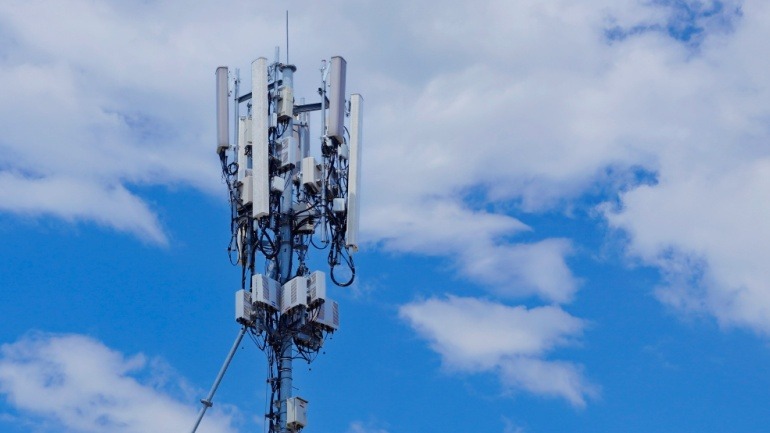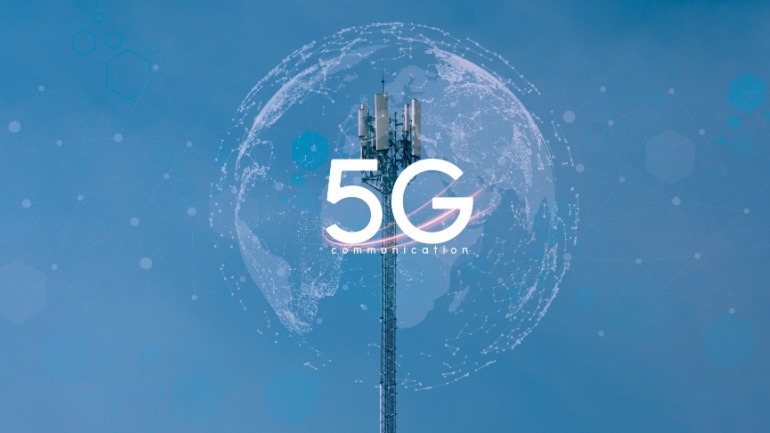Viettel has pioneered Vietnam’s digital evolution with its first commercial 5G service, revolutionizing connectivity across 63 provinces. Leveraging 6,500 base stations, Viettel ensures seamless communication, crucial for tourism, healthcare, and smart cities.
The Republic of Korea Navy is enhancing its military capabilities by implementing a private 5G network for its Smart Naval Port project. This collaboration with Samsung and KT aims to revolutionize naval operations with AI-enabled connectivity, real-time video control, and optimized security.
Siemens partners with LS Telecom to globalize its private 5G system, expanding beyond Germany. This collaboration aims to deliver advanced 5G solutions across various industries. With LS Telecom’s expertise, Siemens enhances its 5G capabilities, focusing on high-frequency bands in Europe and the US.
RACSA and Nokia have launched Costa Rica’s first 5G network, targeting key urban centers and marking a major shift in connectivity. With 30 sites already in cities like San Jose, their plan to expand to 500 shows the transformative potential of 5G.
Airtel’s partnership with Nokia under the Green 5G initiative marks a significant stride in sustainable telecommunications. By integrating energy-efficient technologies, Airtel enhances its 4G and 5G radio networks, optimizing energy usage and reducing CO2 emissions.
Egypt has finally embraced 5G technology, as Vodafone, E&, and Orange secure their licenses, marking a pivotal moment in its telecom landscape. With a $675 million investment for 15-year 5G licenses, Egypt aims to enhance communication capabilities.
Vodafone’s expansion of 5G Standalone networks in the UK promises transformative enhancements in connectivity for road and rail infrastructure, unlocking an estimated £3 billion annually. For train commuters, improved 5G connectivity could boost productivity by £1 billion and save 26 million hours annually.
The formalized partnership between Nokia and NTT DATA marks a significant shift in their approach to private 5G networks, promising enhanced connectivity and technological advancements. This collaboration focuses on leveraging Nokia’s robust radio access network infrastructure to optimize operations in smart cities, airports, and industry sectors, reflecting a promising digital future.
Vodafone Idea is enhancing their 4G network with Ericsson to introduce 5G in key Indian regions. Leveraging Ericsson’s advanced technology, Vodafone aims to modernize and expand, despite financial hurdles. Their $3.6 billion deal signifies a commitment to regaining market share by implementing robust digital infrastructure.
Explore the future of VoIP with the remarkable advancements in 5G technology. O2 Telefonica’s recent 5G trial achieved incredible download speeds via carrier aggregation, highlighting the potential for transformative connectivity. These developments empower next-level VoIP services, ensuring seamless communication for consumers and businesses.













